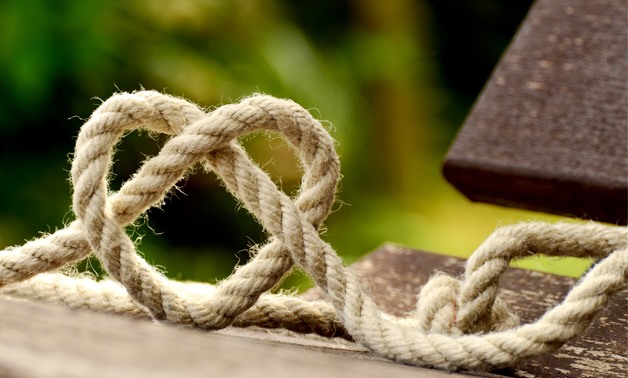
Creative Commons via Dropbox
In Part I of this series we talked about the first three steps to finding a better you: finding your “higher self,” inner dialogue and positive affirmation. This month we look at three more tips to build a conscious relationship with your heart.
Lifestyle and Wellness
The third step is to monitor yourself, your thoughts, your habits, and your inner dialogue and begin to recognize the rift that takes place between your “higher self” and the “ego self.” We have all experienced this before, we recognize something about ourselves, we vow to make a change and we succeed, but somewhere down the line the change becomes so automatic and mental that it loses the connection with the Self.
Suddenly the positive affirmation or habit happens in response to a strong command from the Ego Self, which loses the sweetness and gentleness of the connection to the heart.
But how do we know when we become disconnected from the self? For some of us our energy gets stuck below and becomes locked in the belly—we are hungry, sleepy, looking for pleasure, indulging in nice things, we push away people and want to be alone. For others the energy gets stuck upwards in the head—we fantasize, dream, plan excessively, imaging, calculate, rationalize. And then there are people for whom energy gets stuck in the outer word—we are overly focused on all our responsibilities, promises and commitments that we have made to others. We obsess over how much others depend on us.
So how can we apply a shift to our consciousness not only from the mind but also from the heart? It is useful to recognize the moments where you feel connected to your higher self and the moments where you feel disconnected.
 Photo courtesy of Sandra Shama Kaur
Connected or Disconnected: 10 Questions to Ask Yourself
Photo courtesy of Sandra Shama Kaur
Connected or Disconnected: 10 Questions to Ask Yourself
1. Did I put my hand on my heart today? Did I feel it beating?
2. What am I worrying about today? How can I bring trust, love and certainty into the moment?
3. Right now, do I feel happy?
4. Did I experience any resistance today? Did someone say something that I resisted? Did something happen that I resisted?
5. When did I say I have to do something? Can I replace the ‘I have to’ with ‘I want to’?
6. What did I do with my time to escape time with my “Higher self?”
7. Did I synchronize my inhale with the inwards movement of my “Higher self” toward my heart and my exhale with the exterior movement of my Higher self toward the outer world?
8. Was there an opportunity to flip the switch or change the frequency?
9. Was I aware of Self as I was working or moving?
10. Did my Self-defeating mantra come into play today?
Micromanagement
The fourth step is to begin to micromanage your Self. As information and technology take over our lives we are bombarded with input 24 hours a day from our smartphones, computers, televisions, radio, advertisements, and so on. It is easy to get lost in all information and in our interaction with the technology as we use it to make key decisions. Just like how we micromanage our lives by having schedules and plans, we need to make a firm commitment to the higher self and begin also micromanaging this Self so we can become extremely alert, awake and sensitive. It is so easy to become a slave to our consumerist society, our morning coffee, smartphone, that app that takes away our temporary boredom. . . .
What we really need to do is make a new commitment to our Self as a project, so that we can have a conversation with our higher self and make a decision, a choice about what we really want in our lives. It’s crucial that we ask these questions over and over again: what do I really want in my life? What am I doing this or that? What am I choosing today and does it honor my higher self?
Self Trust
The fifth step is to put your vision on paper to crystallize the message. It does not matter whether you know how to draw or whether you call yourself an artist. This exercise is about Self Trust.
Can you move beyond the voice of the inner critic and trust that your higher self is capable of expressing itself in shapes and colors? Can you let go of self-judgment and allow your pen to dance on paper?
For me personally, this exercise serves as a reminder of who I am and who I want to become—which is very different from what I want to do and what I want to have.
Redesign Your Life
The sixth and final step is to redesign your life to make room for everything that will make your heart sing. It is useful to list all the activities that you want to do and discuss them with a friend who can challenge you and really dig deep about their significance in your life.
At the end of this series I invite you to build a conscious relationship with your heart center. To be able to feel the heart beating when you first wake up and before you sleep is one thing, but to be able to have such a profoundly deep and genuine connection with your heart that just by asking it a question, you hear the answer, that is something else. And this requires commitment, dedication and daily training.
Shama Kaur is a Kundalini yoga teacher and founder of Yalla Yoga. To find out more about YallaYoga’s Forever Young Program, email justbreathe@yallayogacenter.com.

Comments
Leave a Comment